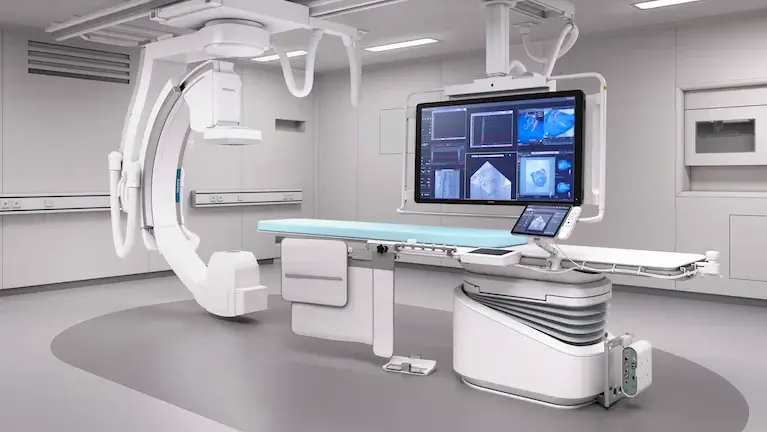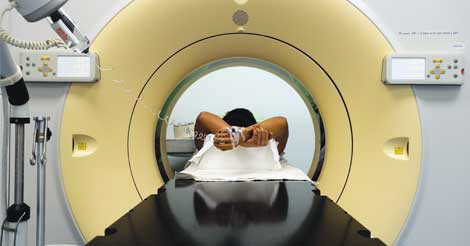
When it comes to diagnosing heart blockages, patients and doctors often face a critical question: Should one opt for a CT angiography (CCTA) or a conventional, catheter-based coronary angiography? Both tests aim to visualize the coronary arteries and detect any blockages or narrowing that might be causing chest pain, breathlessness, or other symptoms of heart disease. However, they differ significantly in accuracy, approach, and use-case scenarios.
Understanding the Two Procedures
CT Coronary Angiography (CCTA) is a non-invasive imaging technique that uses a CT scanner along with contrast dye injected through a vein. It captures detailed images of the coronary arteries and helps identify plaque buildup or narrowing. This test is quick, painless, and typically done as an outpatient procedure.
Conventional Coronary Angiography, often referred to as “normal angiography,” is an invasive procedure that involves inserting a catheter through the groin or wrist and injecting dye directly into the coronary arteries. X-ray images are then taken to visualize blood flow and blockages in real-time.
Accuracy and diagnostic power

From a diagnostic standpoint, conventional coronary angiography remains the gold standard. Because it allows direct visualization of the arteries and real-time assessment of blood flow, it can precisely locate and measure the severity of a blockage. More importantly, it provides the opportunity for immediate treatment, such as angioplasty or stenting, during the same procedure if a significant obstruction is found.
In contrast, CT angiography is highly effective for ruling out significant blockages, especially in patients with low to intermediate risk. It is particularly useful for screening purposes or when symptoms are unclear and initial tests like ECG or stress tests are inconclusive. However, its accuracy can be affected by factors such as heavy coronary artery calcification, rapid heart rate, or irregular rhythms, which may blur the images.
Invasiveness and Patient Safety

One of the key differences between the two lies in how invasive they are. CT angiography is completely non-invasive, making it a safer and more comfortable option for many patients. It carries no risk of catheter-related complications, and recovery time is minimal.
Normal angiography, on the other hand, is an invasive hospital-based procedure. While generally safe, it carries some risk of bleeding, infection, or vascular complications due to catheter insertion.
Choosing the Right Test

CT Angiography is best suited for:
- Patients with atypical chest pain or ambiguous symptoms
- Low to moderate risk individuals
- Those seeking a quick, non-invasive evaluation
- People who have an intermediate likelihood of disease but need further clarity before undergoing invasive procedures
Conventional Angiography is preferred when:
- Symptoms strongly suggest significant coronary artery disease
- Previous tests have indicated abnormal findings
- Immediate intervention (like stent placement) may be required
- High-risk patients with a known history of heart disease need precise evaluation
The final verdict

While both CT angiography and conventional coronary angiography have important roles in modern cardiology, conventional angiography remains more accurate and definitive for diagnosing coronary artery blockages. Its ability to combine diagnosis with immediate treatment gives it an edge, especially in urgent or complex cases.
However, CT angiography is an excellent screening tool—especially for those who want a non-invasive first step or whose symptoms are unclear. It can often eliminate the need for an invasive test if no significant blockages are found.
In conclusion, the best test depends on the individual’s risk profile, symptoms, and the clinical judgment of the treating cardiologist. Regardless of the method used, early and accurate diagnosis is crucial for preventing heart attacks and ensuring long-term heart health.

